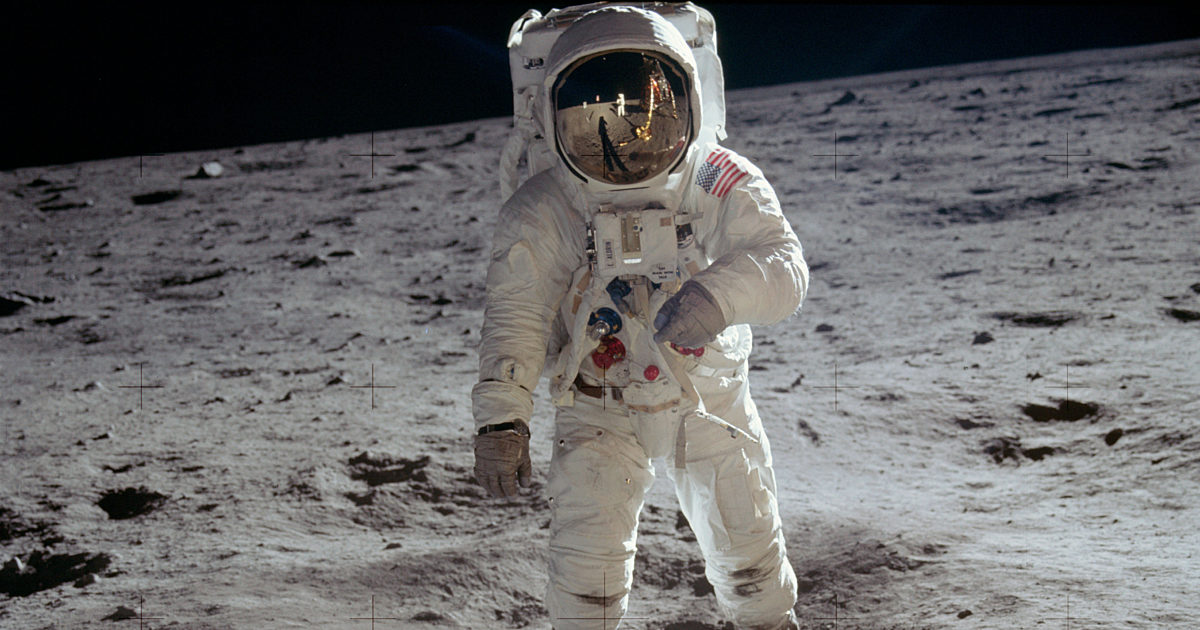The Moon, Earth’s only natural satellite, has been a source of fascination and wonder for centuries. It has also been a prime target for human exploration, with several successful missions launched to its surface.
Early Lunar Missions
The first spacecraft to reach the Moon were the Soviet Luna probes, launched in the 1950s and 1960s. These missions mapped the lunar surface and collected samples of lunar rock and soil.
The Apollo Program
The Apollo program, conducted by the United States from 1961 to 1972, was a series of missions aimed at landing humans on the Moon. The culmination of this program was the Apollo 11 mission in 1969, which successfully delivered astronauts Neil Armstrong and Buzz Aldrin to the lunar surface. The Apollo missions collected valuable scientific data about the Moon, including samples of lunar rock and soil.
Recent Lunar Missions
In recent years, there has been a renewed interest in lunar exploration. The Lunar Reconnaissance Orbiter (LRO) has been mapping the Moon’s surface in high resolution, while the Chandrayaan-1 mission discovered evidence of water ice in the Moon’s polar regions. China’s Chang’e 5 mission successfully returned lunar samples to Earth in 2020.
Future Lunar Missions
There are several planned lunar missions in the coming years. NASA’s Artemis program aims to return humans to the Moon by the mid-2020s and establish a sustainable lunar presence. Other countries, such as China and Russia, are also planning lunar missions.
Why Explore the Moon?
There are many reasons why the Moon is an attractive target for exploration. It is relatively close to Earth, making it a relatively easy destination to reach. The Moon also contains valuable resources, such as helium-3, which could be used for energy production. Additionally, studying the Moon can help us understand the formation and evolution of our solar system.
The exploration of the Moon is a testament to human curiosity and our desire to push the boundaries of what is possible. As we continue to learn more about our nearest celestial neighbor, we may one day establish a permanent human presence on the Moon.
